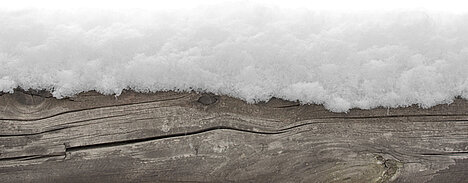Snow

What is snow?
Snow is frozen water that falls from the sky in the form of small crystals. The shape and size of the snow crystals depends on the temperature and humidity. If the snow crystals remain on the ground, they form a white blanket of snow.
Snow is not always cold. The temperature of the snow depends on the ambient temperature. The colder it is, the colder the snow. Snow can also melt or freeze due to sunlight or wind.
What are the benefits of snow for dogs?
Snow can have many advantages for dogs. For one thing, it offers a change in everyday life and stimulates the senses. Your dog can discover new smells, sounds and textures and play with his play instinct.
On the other hand, snow can also be good for your dog's health. Snow cools your dog's paws and can therefore relieve inflammation or itching. Snow can also stimulate blood circulation and strengthen the immune system.
What are the disadvantages of snow for dogs?
However, snow can also have some disadvantages for dogs. For one thing, it can lead to cold or frostbite if your dog is in the snow too long or too often. Dogs with short coats, little undercoat or low body fat are particularly at risk.
On the other hand, snow can also lead to injuries or poisoning if your dog steps on sharp ice edges or ingests road salt or grit. These can irritate, cut or inflame your dog's paws.
How can you protect your dog in the snow?
To protect your dog in the snow, you should follow a few tips:
- Pay attention to your dog's body language. If he is shivering, limping or retreating, you should take him out of the snow and warm him up.
- Check your dog's paws regularly for cracks, wounds or lumps of ice and remove them carefully.
- Avoid walks on gritted or icy paths and look for natural surfaces such as meadows or fields instead.
- Consider whether your dog needs dog shoes or a dog coat. These can protect your dog's paws and body from the cold and injuries.
- Don't let your dog eat too much snow. This can lead to stomach upsets or even hypothermia.
- After a walk, clean your dog's paws with lukewarm water to remove any salt or grit.
Snow can be great fun for dogs, but it can also pose some risks. With a few simple measures, you can protect your dog in the snow and give him a great winter experience.
Properties 5
Are you looking for other ingredients with a specific property?
Just click on them to find more.
If you notice any signs of hypersensitivity or poisoning in your dog, you should see your vet immediately. We are not a substitute for a vet, but we try to be as accurate as possible. Every dog reacts differently and we recommend you get a second opinion or consult your vet if in doubt.
Stay healthy and take good care of your four-legged friend!😊